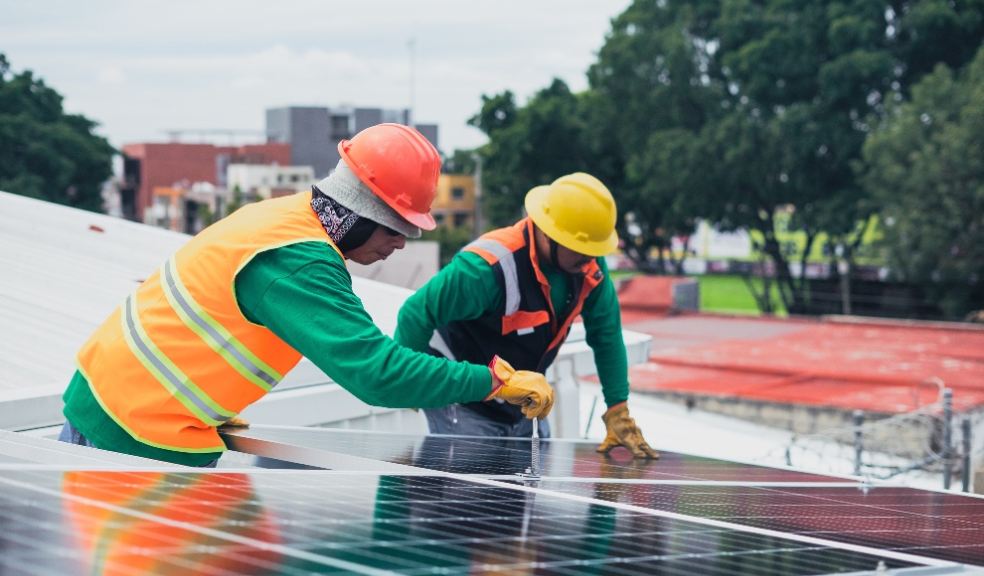
Safety equipment to prevent serious injuries at work
Every business needs to minimise the risk of serious injuries at work. For a start, it’s the moral responsibility of a business to look after its employees and avoid putting them in dangerous situations. Plus, it can save your business money if you’re not paying out compensation frequently. Below, we explore the safety equipment required to prevent serious injuries at work.
Risk assessment
The first step towards minimising the chance of injury is to conduct a risk assessment. Begin by checking your worksite for potential risks and hazards. For instance, there might be faulty machinery or slippery floors in your workplace. But hazards are not only physical. Chemical and biological hazards are not uncommon when working in construction and manufacturing. Once you’ve identified all potential hazards you should produce a report with recommendations on removing these dangers or minimising the risk they pose.
Hi-vis clothing
Once you know the risks in the office, you should provide your employees with hi-vis clothing to keep them safe. This can help make them especially visible – any accidents caused when employees don’t notice each other will be reduced. Plus, hi-vis clothing can clearly mark out who’s working on your site and who isn’t authorised.
Headgear
Headgear is crucial to upholding safety standards too. An appropriate hard hat can be potentially lifesaving if an item falls from a height. But headgear goes beyond this. Eye protection, earmuffs, and masks can all be important to protect employees from dust or consistently loud working conditions.
Boots
Proper boots are also essential for safe working conditions. Ideally, they’ll be steel capped to provide protection in case a heavy item falls on your feet. Plus, they’ll need to be replaced consistently. To perform optimally, boots need to have plenty of grip. Once they wear down, it can become easier to fall on a slippery surface. As such, you should have a policy of regularly replacing boots.
Gloves
Gloves can help minimise the risks in the workplace too. They’re especially useful for stopping blistering and protecting you from sharp edges. Ensure that all your employees have fitted gloves as well as waterproof workwear for when they’re completing a job outdoors.
Preventing serious injuries at work should be high on your list of priorities. And by following the above advice, you can have peace of mind that you’ll have minimised the risk of serious injury befalling yourself or an employee in the workplace.











